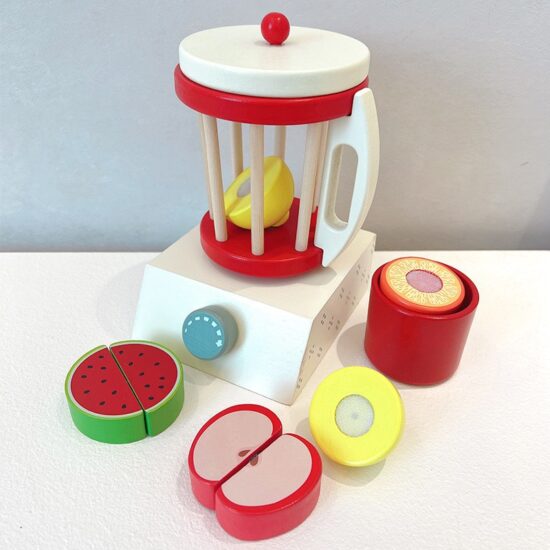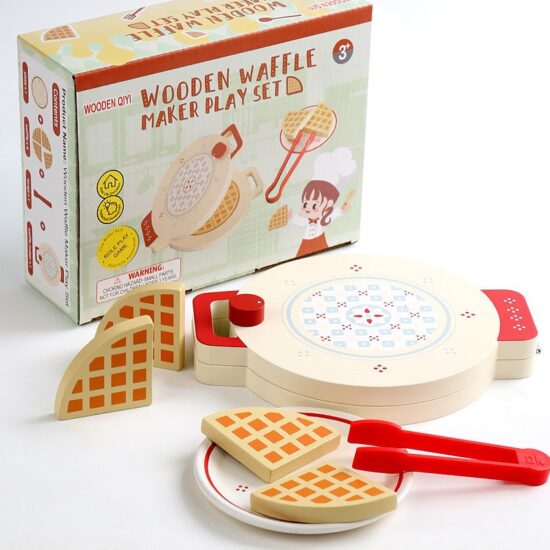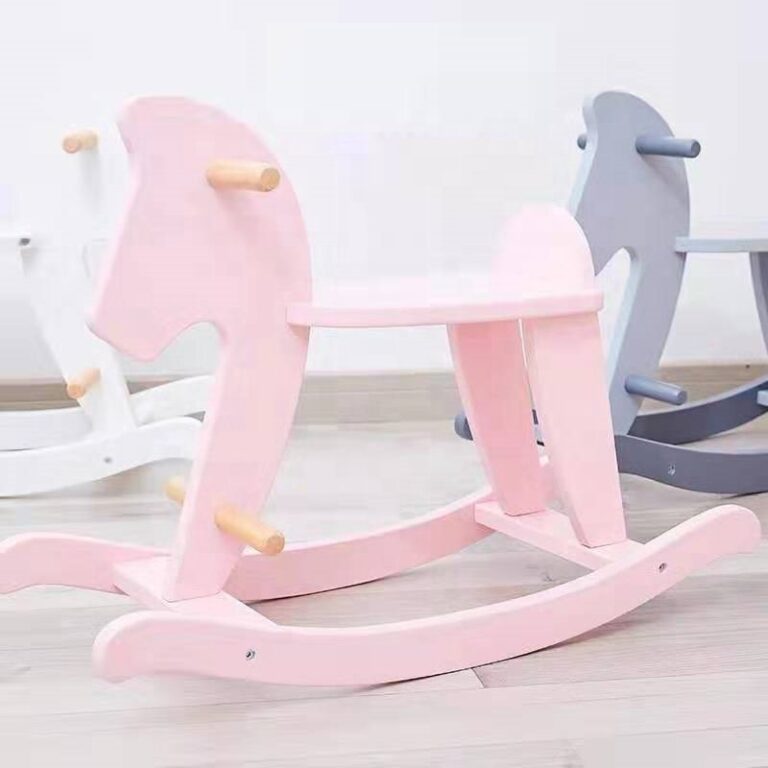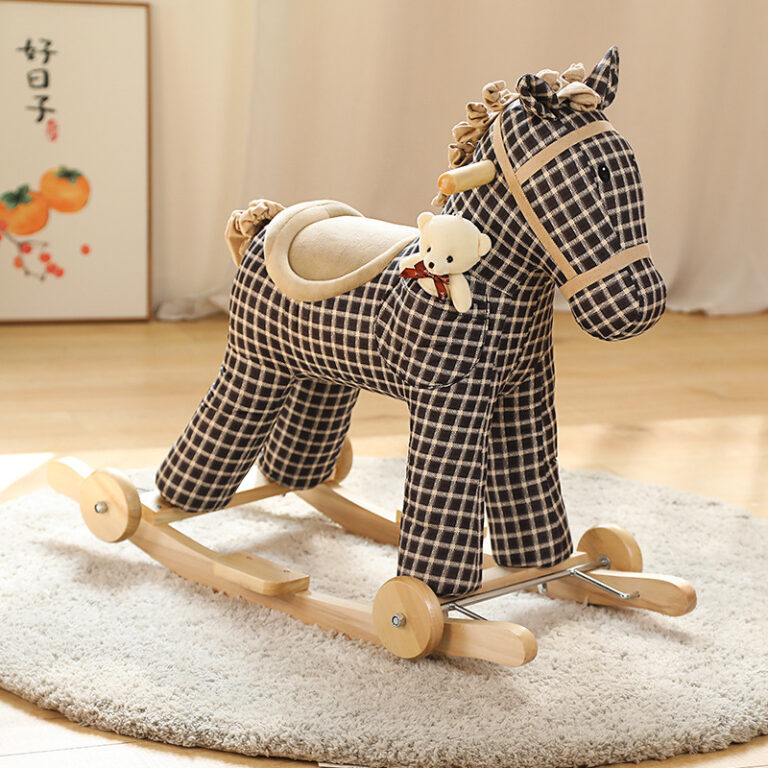jay@nbdho.com
Why Educational Institutions Prefer Wooden Toys for Early Learning
Educational institutions around the world increasingly prefer wooden toys as essential tools for early childhood learning. This preference stems from the unique qualities wooden toys possess that align with pedagogical goals, safety standards, and developmental benefits. Here’s a detailed exploration of why schools, preschools, and learning centers opt for wooden toys over plastic or electronic alternatives.
Safety and Durability
One of the primary reasons educational institutions select wooden toys is their exceptional safety and durability. Wooden toys are typically made from non-toxic, natural materials that are free from harmful chemicals often found in plastic toys. Their robust construction means they can withstand rough handling by children over time, reducing the need for frequent replacements. This durability translates into cost-effectiveness and ensures a safe play environment.
Promoting Cognitive Development
Wooden toys like puzzles, blocks, and sorting games stimulate children’s cognitive skills effectively. These toys encourage problem-solving, spatial awareness, and logical thinking. Educational settings benefit from wooden toys that support hands-on learning, as they allow children to manipulate objects physically, fostering better understanding of concepts like shapes, sizes, and patterns.
Encouraging Creativity and Imagination
Unlike electronic toys with preset functions, wooden toys offer open-ended play opportunities. Educational institutions appreciate this because it allows children to engage their creativity and imagination freely. Simple wooden blocks can become anything a child envisions—from buildings to animals—helping to develop cognitive flexibility and innovative thinking.
Supporting Motor Skill Development
Fine and gross motor skills are critical in early education, and wooden toys are well-suited to enhance these abilities. Activities such as stacking blocks, threading beads, or assembling puzzles require precise hand-eye coordination and dexterity. Larger wooden toys, such as ride-ons or balance boards, help improve gross motor skills and body awareness.
Sustainability and Environmental Responsibility
Many educational institutions prioritize sustainability and seek to instill environmental consciousness in students from an early age. Wooden toys, often sourced from sustainably managed forests and biodegradable materials, align perfectly with these values. Choosing wooden toys sends a positive message about ecological responsibility and reduces plastic waste.
Sensory and Social Development
Wooden toys provide a rich sensory experience due to their natural textures and weight. This sensory engagement is crucial for young learners’ brain development and focus. Additionally, wooden toys promote social interaction during group play, helping children develop communication skills, empathy, and cooperation—key social-emotional competencies.
Ease of Maintenance and Longevity
From a practical perspective, wooden toys are easy to clean, repair, and maintain, which is important for institutions with limited budgets and high usage rates. Their timeless appeal means they remain relevant and engaging across different age groups and learning stages.
Conclusion
Educational institutions prefer wooden toys because they combine safety, developmental benefits, creativity encouragement, and sustainability. These toys not only support comprehensive early childhood development but also align with institutional values of quality, responsibility, and long-term investment in young learners. By integrating wooden toys into their programs, educators provide children with meaningful, enriching play experiences that lay the foundation for lifelong learning.





